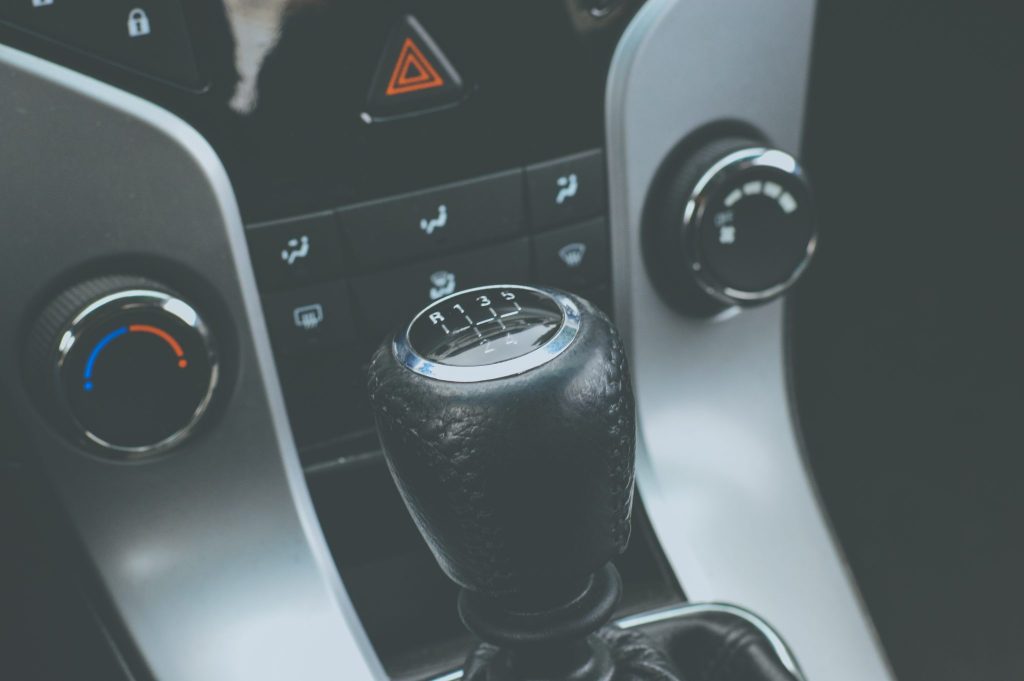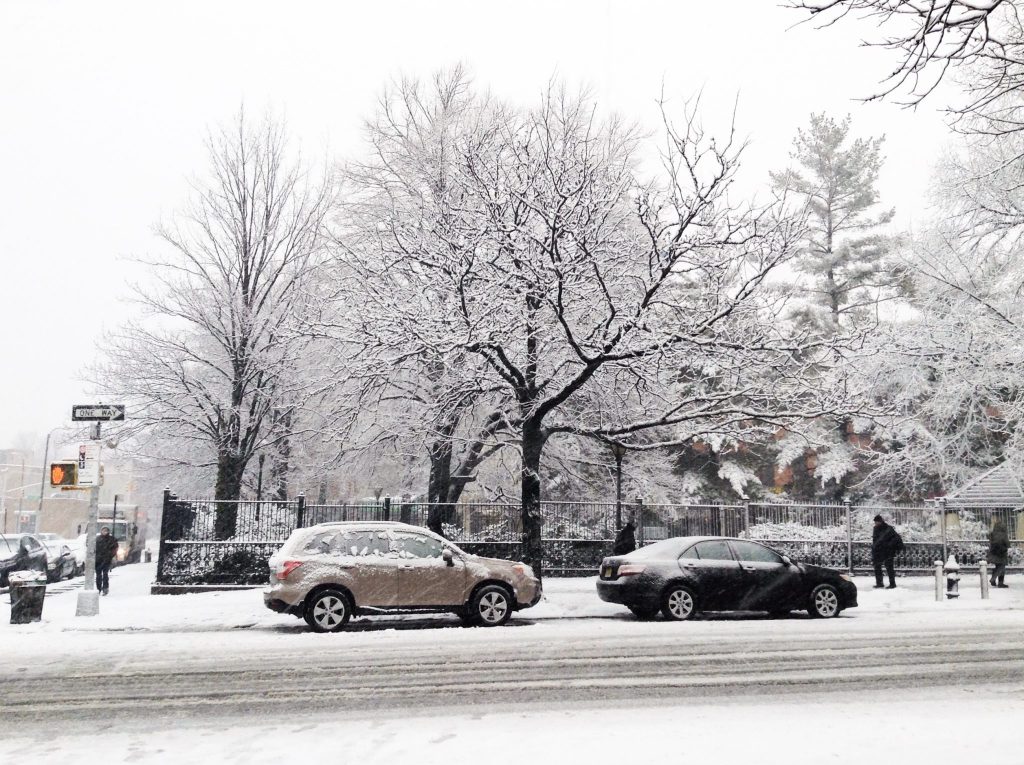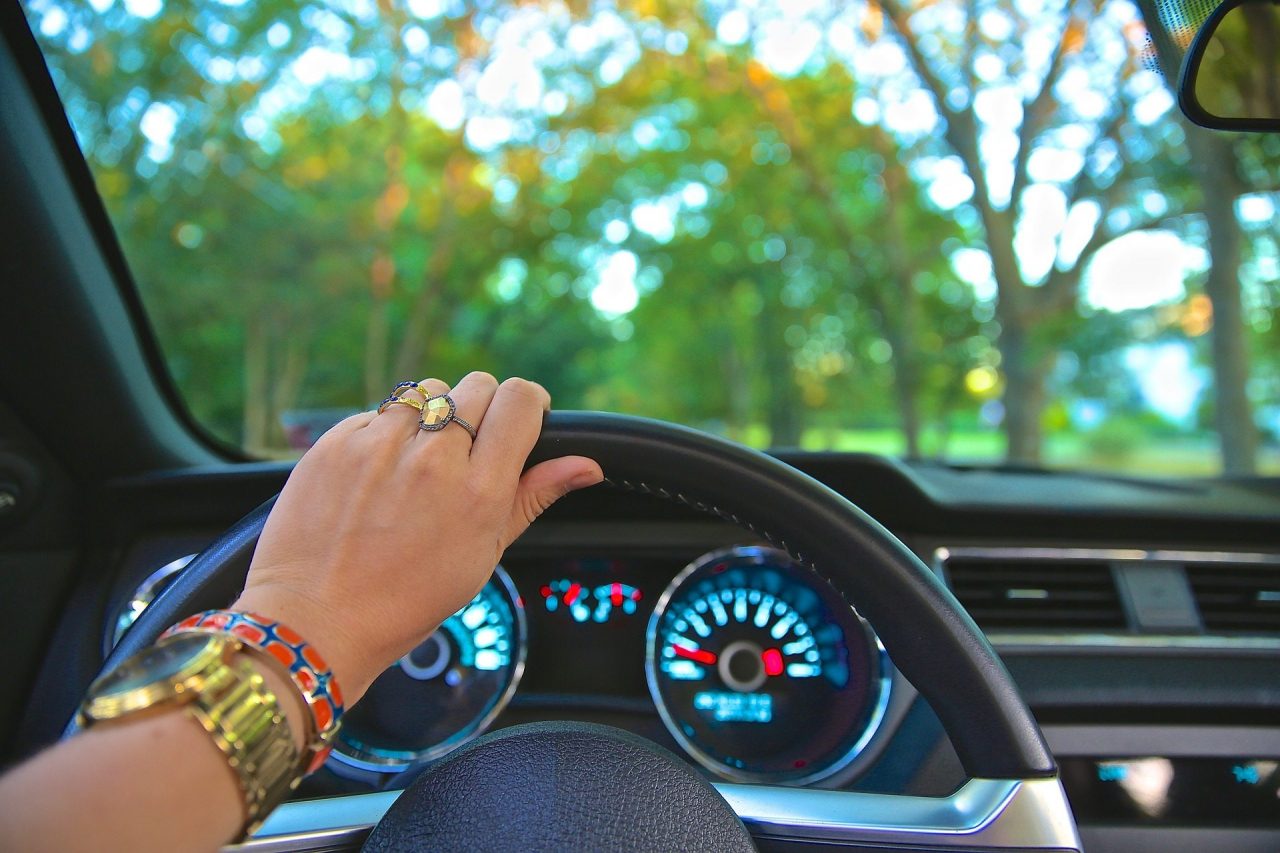Check your blind spots. Don’t text and drive. Obey the speed limits. Drivers are constantly reminded of the same safety precautions that should be taken when in a car, but there are so many more that are left out of the conversation. Whether it’s because we hope to not find ourselves in certain situations or it’s rare for us to be in such conditions, it’s still important to be prepared. Here are some driving safety tips to keep in mind for different situations.
Eye Protection

We all know that we should wear sunglasses when driving to protect our eyes from the sun’s harmful rays and glare, but the sunny summer months aren’t the only time when we need protection. The glare from snowfall can be just as, if not more dangerous. Snow actually reflects 80 percent of the sun’s rays. This is more than another car’s surface, trees, grass or pavement reflects! Such an intense glare can easily impair your vision, leading to dangerous driving and an increased likelihood of accidents. Take care to wear sunglasses that offer proper protection, such as those from Ray-Ban, to keep yourself and others on the road safe.
Using Low and High Gears

Manual car drivers are already familiar with shifting gears, but automatic car drivers may be taking them for granted. It’s easy enough to understand that your car will shift into higher gears when you speed up or go uphill, and the opposite occurs when you slow down and go downhill. But what about the manual shifts in the center console, usually “1,” “2” and “L,” that are so often ignored? Not using these gears can actually be damaging your vehicle. Always switch to a lower gear when you are towing a heavy load or climbing a steep hill. Gravity and the extra weight of what you are towing act similarly to put extra strain on your transmission, potentially causing damage if you do not manually shift to a lower gear. You should also manually switch to a lower gear when you are going down a steep hill. You would normally be solely relying on your brakes to slow you down, which can overheat and wear them down. Switching to a lower gear allows your transmission to do some braking for you.
Driving on Ice or Wet Pavement

Driving in icy, snowy or wet conditions can be extremely dangerous and should be avoided when possible. But if you do need to journey out onto the roads, be sure to take extra precaution. Drive much slower than normal, never exceeding 45 mph. Accelerate and decelerate slowly, leaving a large distance between yourself and the vehicle in front of you. If you find yourself skidding, whether it is your front or back wheels, continue to steer in the direction you want the front of your car to go. And do not to slam on the brakes! The feeling of losing control can be a very scary situation, but hitting your brakes hard will only further unbalance your vehicle. Overall, stay calm, go slowly and try not to make any sudden movements.
It is always better to be prepared when it comes to driving. Even if you are not normally around snow or ice, it is still important to have that knowledge ready in case you find yourself in an unfamiliar situation. Take care to learn about different driving conditions and you will protect yourself and others on the road.











